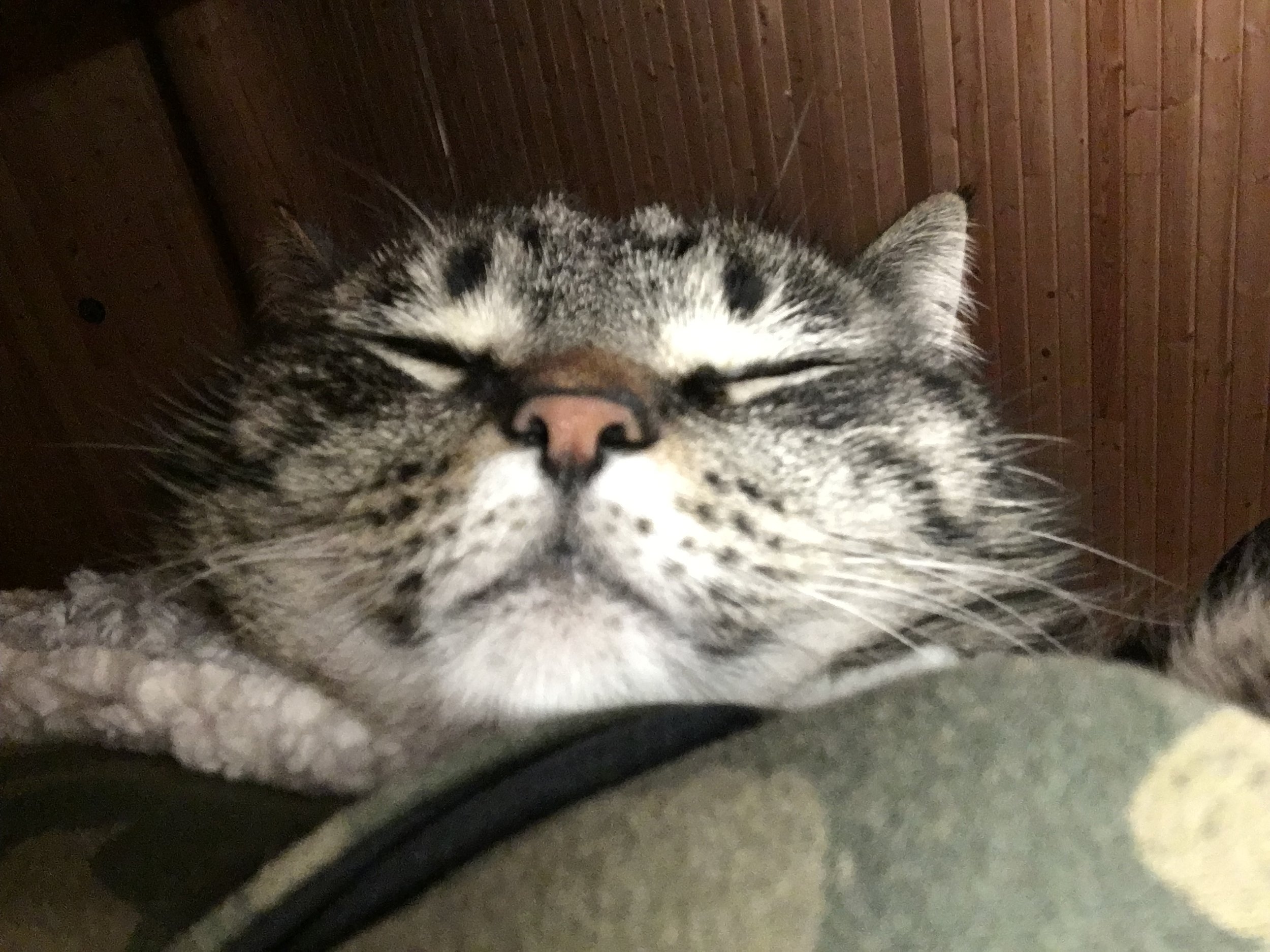The immunomodulatory effects of a commercial antiviral homeopathic compound in C57BL/6 mice, pre and post vaccine challenge.
Abstract:
Homeopathic remedies have been selectively employed in human medicine since Hahneman introduced the concept in 1828. While the use of homeopathy is regionally popular in both human and veterinary medicine, there is still a significant lack of scientific evidence supporting its efficacy. This is likely due to an absence of studies evaluating the mechanism of action of these compounds. Engystol® an FDA-approved antiviral agent, is a popular homeopathic commercial product. In select in vivo and in vitro observational studies, the drug showed a measureable innate immune therapeutic efficacy. The focus of the present study was to evaluate the innate and adaptive immunomodulatory effects of oral Engystol ® (1 or 10 tablets/L water consumed), prior to and post antigenic challenge in a mouse model with a well-characterized and clinically measureable immune system. We first evaluated the murine immune response when oral Engystol ® was given alone for 28 days. Mice were then challenged with an antigen-specific H5N1 HA vaccine while on Engystol ® for an additional 33 days. Serum and supernatants from cultured splenic lymphocytes were collected and screened with a 32-cytokine panel. Serum vaccine epitope-specific IgG titers plus T cell and B cell phenotypes from splenic tissue were also evaluated. Preliminary results showed that Engystol ® alone did not alter immunity; however, upon vaccine challenge, Engystol ® decreased CD4 + /CD8 + ratios, altered select cytokines/chemokines, and anti-H5N1 HA IgG titers were increased in the 10 tablet/L group. Collectively, these data suggest that Engystol ® can modulate immunity upon antigenic challenge. [ABSTRACT FROM AUTHOR]
Authors:
Mayer, Jörg1
Williams, Robert J.2
Oppenheimer, Victor A.2
He, Biao3
Tuckfield, Cary4
Koslowski, Eric5
Jr.Gogal, Robert M.2 rgogal@uga.edu
Source:
International Immunopharmacology. Oct2016, Vol. 39, p389-396. 8p.
Document Type:
Article
Subject Terms:
*HOMEOPATHIC materia medica & therapeutics
*ANTIVIRAL agents
*ANIMAL models of immunology
*BIOLOGICAL response modifiers
*IMMUNOGLOBULIN G
*IMMUNOREGULATION
*DRUG efficacy
Author-Supplied Keywords:
C57BL/6
Cytokine
Engystol ®
IgG
Lymphocyte
Mouse
NAICS/Industry Codes:
325410 Pharmaceutical and medicine manufacturing
Copyright of International Immunopharmacology is the property of Elsevier B.V. and its content may not be copied or emailed to multiple sites or posted to a listserv without the copyright holder's express written permission. However, users may print, download, or email articles for individual use. This abstract may be abridged. No warranty is given about the accuracy of the copy. Users should refer to the original published version of the material for the full abstract. (Copyright applies to all Abstracts.)
Author Affiliations:
1Department of Small Animal Medicine and Surgery, College of Veterinary Medicine, University of Georgia, 501 DW Brooks Drive, Athens, GA 30602, USA
2Department of Biosciences and Diagnostic Imaging, College of Veterinary Medicine, University of Georgia, 501 DW Brooks Drive, Athens, GA 30602, USA
3Department of Infectious Disease, College of Veterinary Medicine, University of Georgia, 501 DW Brooks Drive, Athens, GA 30602, USA
4ECOSTATys LLC, 105 Highland Forest Dr. Aiken, SC 29803, USA
5ETR-Labs, Leominster, MA 01453-4864, USA
ISSN:
1567-5769
DOI:
10.1016/j.intimp.2016.08.003
Accession Number:
117837593




